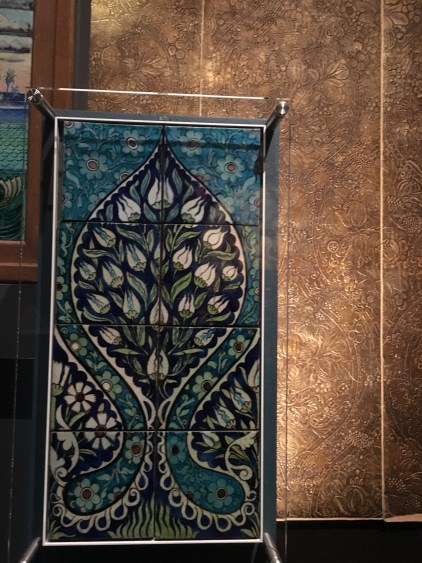The English Factory at Hirado, Japan. A Microhistory of English Merchants in the early 17th century.
We often talk about the practicality of transnational history; why do we study it? What can we truly learn? It seems that transnational ideas are being challenged across the world, from Brexit to Trump and his protectionist trade policies, the interconnectedness of the world seems to be unravelling at its seams. Politicians too often use nationalistic histories and interpretations to create political rhetoric which attempts to warp our understanding of the past. Transnational history offers us the chance to re-correct this misinterpretation.
In the case of Wenceslaus Hollar’s painting “Royal Exchange”, which depicts London’s Royal Exchange in 1644, it can be seen that merchants, English and foreign, were already co-operating together discussing business and international news.

https://www.rct.uk/collection/802887/royal-exchange
Importantly, it highlights how English Imperial aspirations, particularly in Asia concerning the East India company, were built on ideas of transnational co-operation and not English isolationism. Alison Games, in her book Web of Empires, describes this best, stating that the English merchants were forced to become diplomats and ambassadors as they were numerically and diplomatically weak across the world in the 17th century, as demonstrated by travel literature of time such as The Merchant Avizo.[1]
The English merchants were often the first of their nation to establish new markets, like those at Hirado, Japan in 1613. Previously, traditional grand narratives have ignored Hirado as a supposedly insignificant factory which struggled to achieve economic viability, closing down after ten years of operation in 1623. This, however, reflects a modern misconception of trade as an inanimate force, rather it seems that trade and commerce in the 17th century was based on “personal commercial connection”.[2] This project, therefore, aims to examine Hirado from a transnational perspective, focusing on the lives of the actors associated with the factory and how they are comparable to other English merchants across Asia at the time. In effect, this study will be a microhistory demonstrating the similarity of English transnational actors across Asia.
The study of this factory will be anchored around four research questions:
- How does the career of these English merchants support the idea of them being transnational actors?
- What is the relationship between state and trade (internationalism) and, does one override the other?
- To what extent was there cultural assimilation between the English and the Japanese?
- How do these questions compare to the situation of English merchants across Asia?
The first question presents a potential pitfall of the project as it runs the risk of becoming overtly narrative. However, it also acts as the perfect building block for the following questions, allowing for them to be interwoven in to the lives of these transnational actors.
One possible hypothesis is that English merchants as seen at Hirado struggled to balance the demands of an internationalist outlook, desired for trade, with the needs of the nation, a conflict of interests which would have defined their actions as transnational actors.
This hypothesis is aided by the limited timescale under investigation as the factory at Hirado was only operational for ten years. Research can, therefore, be easily focused allowing for a more thorough analysis of each of the aforementioned research questions. Furthermore, it avoids the often problematic view in transnational history of interpreting events as part of a wider teleological progression. Instead, emphasis falls on human agency, important if the actions of these transnational actors are to be fully explored.
It can be seen that a transnational lens brings with it problems. It’s lack of clarity in definition creates ambiguity, which is worth investigating. A tentative conclusion could explore the difficulties of comparison in transnational history. For example, the extent to which these transnational actors were part of a larger English network in Asia. Although a shared experience of being numerically, diplomatically weak is suggestive of this, an argument can be made for the English factories being disjointed nucleated units.
This is made
possible by the large quantities of surviving source material available including large quantities of letters, diaries
and East India Company reports. These materials help provide a personal insight
into the inner machinations of the English factory at Hirado. A comprehensive picture
of Hirado can, therefore, be achieved making it an ideal microhistory.
[1] Alison Games, The Web of Empire (Oxford, 2008), p. 87.
[2] Ibid, p. 83.











